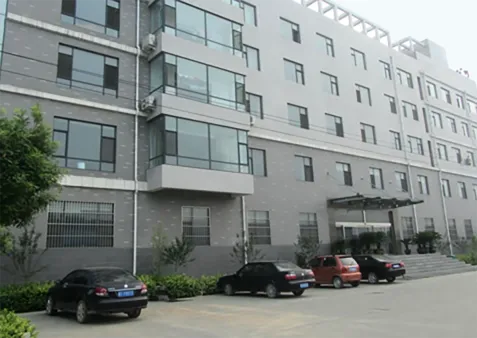10 月 . 16, 2024 03:05 Back to list
Top Quality Chicken Wire Supplier for All Your Fencing Needs
The Versatile World of Chicken Wire Manufacturing
Chicken wire, also known as poultry netting, is a staple material in both agricultural and industrial sectors. Despite its name, the utility of chicken wire extends beyond merely enclosing chickens. Its manufacturing involves a fascinating interplay of design, material science, and craftsmanship, making it a critical component in numerous applications worldwide.
The Composition and Manufacturing Process
The primary material used in producing chicken wire is galvanized steel, chosen for its strength and resistance to corrosion. The manufacturing process begins with high-quality steel wire that is drawn down to specific diameters, typically ranging from 18 to 20 gauge. This process ensures the wire is durable yet flexible enough for various applications.
Once the wire has been drawn, it undergoes a galvanization process to protect against rust and wear. Galvanization is achieved through hot-dip galvanizing or electro-galvanizing, with hot-dip offering superior protection. After galvanization, the wire is usually wound into rolls, making it easy for transport and storage.
Design Variations and Applications
Chicken wire is manufactured in various mesh sizes, typically ranging from half-inch to two-inch openings. This variety allows it to serve multiple purposes effectively the smaller the mesh, the more secure the enclosure, making it ideal for housing smaller birds or rodents. Larger mesh sizes are convenient for gardening, where protection from larger animals is needed without restricting airflow and sunlight.
In agricultural contexts, chicken wire serves as fencing for livestock and gardens, ensuring animals stay contained while preventing pests from accessing crops. It is also used to create pens and aviaries for birds and small animals. In gardening, chicken wire acts as a supportive structure for climbing plants and vegetables, helping to maximize space and promote healthy growth.
Beyond agriculture, chicken wire finds applications in art and construction. Artists often use it to create sculptures and installations, taking advantage of its malleability. In the construction industry, chicken wire is employed as reinforcement in concrete applications, improving structural integrity for various building projects.
Eco-Friendly Practices in Chicken Wire Manufacturing
chicken wire manufacturer

Sustainability is an increasingly vital aspect of manufacturing practices today. Many chicken wire manufacturers are adopting eco-friendly strategies throughout their production processes. The use of recycled steel in manufacturing is becoming prevalent, reducing waste and conserving energy. Companies are also focusing on minimizing packaging materials and opting for biodegradable options whenever possible.
Moreover, the long lifespan and recyclability of chicken wire contribute to its appeal in eco-conscious households and businesses. Once it has served its purpose, the wire can be melted down and repurposed, diminishing the environmental footprint associated with manufacturing new materials.
Challenges in the Chicken Wire Industry
The chicken wire manufacturing industry faces several challenges, including fluctuating raw material costs and competition from synthetic alternatives. Manufacturers are increasingly exploring the potential of composite materials that combine the strength of wire with the advantages of plastics, aiming to create innovative products tailored to specific needs.
Additionally, as consumer awareness of animal welfare rises, there is a greater demand for humane animal housing solutions. This shift requires manufacturers to adapt their products to meet these ethical standards while maintaining functionality and affordability.
Future of Chicken Wire Manufacturing
The future of chicken wire manufacturing looks promising, with advancements in technology paving the way for more efficient production methods. Automated machinery is increasingly used to enhance precision and reduce labor costs, allowing manufacturers to respond quicker to market demands.
Innovations in design, such as corrosion-resistant coatings and reinforced mesh patterns, will likely emerge, further expanding the functionality of chicken wire. Manufacturers are focusing on creating products that are not only durable but also versatile enough to accommodate a broad spectrum of needs, from traditional agricultural practices to modern artistic expressions.
In conclusion, chicken wire manufacturing is a dynamic industry that plays a vital role in agriculture, construction, and creative arts. As it evolves, the focus remains on sustainability, innovation, and meeting consumer demands, ensuring that chicken wire continues to be an invaluable resource for myriad applications worldwide. Whether used in a garden, a farm, or as a medium for art, chicken wire is a testament to the blend of functionality and creativity.
-
Secure Your Roof with Quality Roofing Nails
NewsNov.04,2024
-
Secure Your Property with Quality Field Fencing
NewsNov.04,2024
-
Enhance Your Space with Quality Mesh Fencing
NewsNov.04,2024
-
Discover the Versatility of Iron Wire for Your Projects
NewsNov.04,2024
-
Discover the Versatility of Common Nails for Your Projects
NewsNov.04,2024
-
Discover Quality Hydraulic Fittings for Your Applications
NewsNov.04,2024









